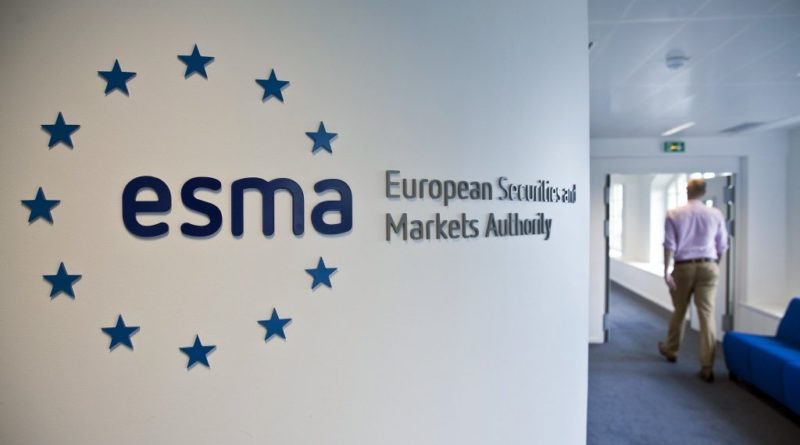Head Of European Securities And Markets Authority: It’s “Time To Deliver” On Digital Asset Regulation
Chairman of the European Securities and Markets Authority (ESMA) Steven Maijoor spoke at a Fintech conference in Brussels on February 26th 2019. His message was clear: it’s time for Europe to provide clear regulatory guidelines for digital assets— for the sake of both investors and businesses.
ESMA’s Stance on Digital Asset Regulation Explained
In October of 2018, an EU securities advisory group— the Securities and Markets Stakeholders Group (SMSG)— advised ESMA to clarify their definition of a ‘transferable security’.
The suggestion was published in a report which inquired as to whether or not the existing framework for securities regulation in Europe accounted for digital assets.
Rather than clarifying anything, the report was received by most as emphasizing the lack of clarity which currently exists in regulatory structure.
According to ESMA chairman Steven Maijoor, clarification is especially needed where digital assets fail to classify as MiFID instruments. In this ambiguous domain, a clear line needs to be drawn to provide both categories for assets and corresponding rules.
ESMA now wants to provide that much-needed clarity, says Maijoor:
“we are concerned that the absence of applicable financial rules leaves consumers exposed to substantial risks. EU policymakers should, therefore, consider ways to address the risks in a proportionate manner. As a priority, we advise them to extend the scope of AML rules to all these activities that involve crypto-assets. In particular, we agree with EBA [European Banking Authority] that providers of exchange services between crypto-assets and crypto-assets (and not only between crypto-assets and fiat currencies) and providers of financial services for ICOs should be within the scope of AML/CFT obligations. In addition, appropriate disclosure requirements should be set up to ensure that consumers understand the risks of crypto-assets prior to investment. This would include requirements to provide relevant information on the issuer, the rights attached to the crypto-assets and the risks. Too often, we see so-called ICO ‘whitepapers’ emphasizing the likelihood of financial returns to the detriment of risks to incentivize consumers to buy.”
The desire for transparency is two-fold for Maijoor. Transparency can reduce investor risk, creating a healthy investing environment. But in terms of clear and transparent laws and regulations, it can provide a clear path for businesses to incorporate Distributed Ledger Technology (DLT) and digital assets
How Security Tokens Are a Result of Digital Asset Regulation
The majority of securities around the globe— to include the SEC in the United States— have claimed that a large number of digital assets do constitute securities.
2018 featured over $21 billion raised by Initial Coin Offerings (ICOs). Yet, to date, nearly 90% of investor funds have diminished given the market’s value.
Such circumstances have resulted in securities authorities to take action and get involved. Still, however, many securities regulations are ambiguous when it comes to a legal framework for businesses who wish to utilize digital assets.
As a result, blockchain’s most anticipated industry has emerged: security tokens.
Since security tokens openly declare themselves securities, they must abide by existing securities laws.
With a growing number of regulatory authorities implementing laws to regulate digital assets, companies who wish to integrate compliant digital assets will continue to turn to security tokens.
What do you think of ESMA Chairman Steven Maijoor’s remarks on the need for regulations concerning digital assets? How will the regulatory landscape in Europe play out? We want to know what you think in the comments section below.

